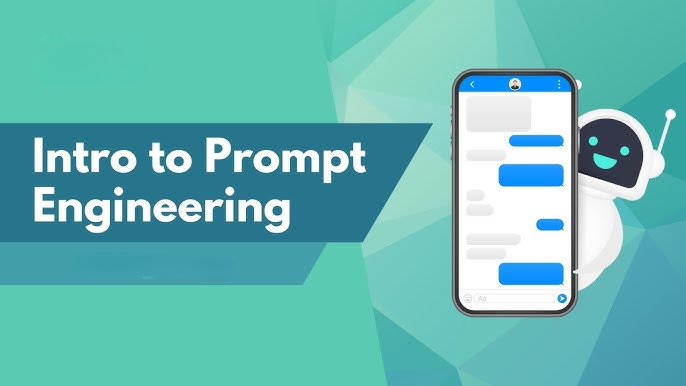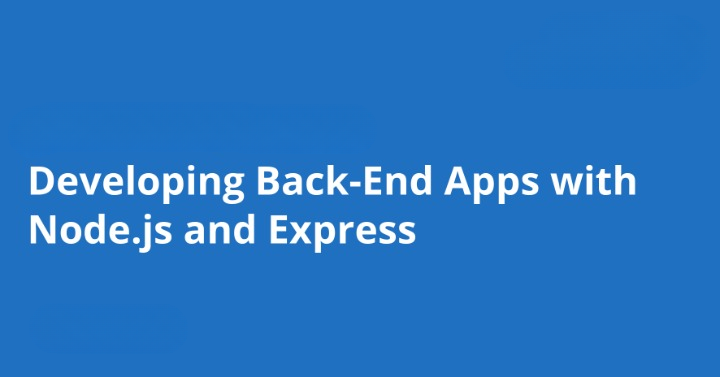Description
Prompt engineering is a process that effectively guides generative AI models and controls their output to produce desired results. This course will teach you the techniques, approaches, and best practices for writing effective prompts.
You will learn about prompt techniques like zero-shot and few-shot, which can improve the reliability and quality of large language models (LLMs). You will also explore various prompt engineering approaches like Interview Patterns, Chain-of-Thought, and Tree-of-Thought, which aim at generating precise and relevant responses.
You will be introduced to commonly used prompt engineering tools, such as IBM Watson Prompt Lab, Spellbook, and Dust.
The hands-on labs included in the course offer an opportunity to optimize results by creating effective prompts in the IBM Generative AI Classroom. You will also hear from practitioners about the tools and approaches used in prompt engineering and the art of writing effective prompts.
Modules
Module 1: Introduction to Prompt Engineering
1.1 What is Prompt Engineering?
- Definition and importance in AI and machine learning.
- Overview of prompt-based models (e.g., GPT, BERT).
1.2 Understanding Language Models
- Brief introduction to natural language processing (NLP).
- How language models work.
- Differences between various types of models.
1.3 Basics of Prompts
- What is a prompt?
- Types of prompts (e.g., instructions, examples, contextual cues).
- Importance of prompt design in achieving desired outcomes.
1.4 Crafting Effective Prompts
- Principles of prompt design (clarity, specificity, context).
- Techniques for refining prompts.
- Common pitfalls in prompt engineering.
1.5 Case Studies and Applications
- Real-world applications of prompt engineering.
- Examples of successful prompt designs in various domains (e.g., chatbots, content generation, data analysis).
1.6 Practical Exercises
- Hands-on activities to create and test prompts.
- I am analyzing prompt responses and iterating on designs.
- Group discussions on challenges faced during exercises.
1.7 Tools and Resources
- Overview of tools for prompt engineering (e.g., OpenAI API, Hugging Face).
- Additional resources for further learning (articles, books, online communities).
1.8 Assessment and Feedback
- Quizzes or assignments to evaluate understanding.
- Peer feedback on prompt designs and effectiveness.
Module 2: Advanced Techniques in Prompt Engineering (optional)
If you want to expand further, you could follow up with a module on advanced techniques, covering topics like prompt tuning, few-shot learning, and the ethical considerations of prompt engineering.






Morufat –
“I highly recommend the ‘Introduction to Prompt Engineering’ online course. It provided me with a comprehensive understanding of prompt engineering, including its principles, best practices, and diverse applications. The course materials were well-structured and presented in an engaging and interactive manner. The instructors were knowledgeable and supportive, guiding me through the learning journey with ease. With the skills I acquired, I’m now confidently crafting effective prompts that drive efficient and accurate outputs from AI models.”
Folashade –
“This online course on “Introduction to Prompt Engineering” was an absolute game-changer for me. The comprehensive content and practical exercises made it easy to grasp the fundamentals of prompt engineering and apply them to my work. The instructor was exceptionally knowledgeable and engaging, providing clear explanations and real-world examples. I gained a deep understanding of how to craft effective prompts and leverage language models for maximum results. Highly recommended for anyone looking to enhance their AI communication and content generation capabilities.”
Abiodun –
“This ‘Introduction to Prompt Engineering’ course exceeded my expectations. The content was well-structured and comprehensive, covering all the essential concepts of prompt engineering. The instructor’s expertise shone through, providing clear explanations and real-world examples. I gained valuable knowledge on how to craft effective prompts, troubleshoot issues, and optimize language models. This course has greatly enhanced my ability to harness the power of AI and improved my overall productivity.”